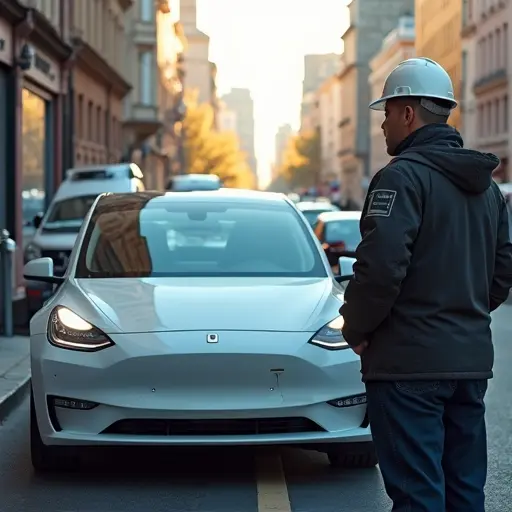
Historic Shift for European Roads
The European Union has finalized legislation to ban new internal combustion engine (ICE) vehicles starting 2035. This landmark decision means automakers can only sell zero-emission vehicles across EU member states after this deadline, accelerating the shift toward electric mobility.
Why 2035?
The ban is part of the EU's "Fit for 55" package targeting 55% CO2 reduction by 2030. Transportation accounts for 25% of EU emissions, with passenger vehicles being major contributors. Health concerns over nitrogen oxides and particulate matter also drove the decision.
Auto Industry Transformation
Manufacturers face massive restructuring. Volkswagen plans €52 billion EV investments by 2026, while Stellantis aims for 100% EV sales in Europe by 2030. Traditional engine plants face closures, with 70,000 jobs at risk in Germany alone.
Supply Chain Revolution
Europe's battery production capacity is expanding rapidly. Over 30 gigafactories are planned, including Northvolt's Swedish facility and CATL's German plant. Critical mineral sourcing remains challenging, prompting EU initiatives for lithium recycling partnerships.
Consumer Challenges
Electric vehicles remain 15-20% pricier than ICE equivalents. While purchase incentives exist (up to €9,000 in France), charging infrastructure gaps concern buyers. The EU promises 3.5 million public chargers by 2030 - a 15-fold increase from 2025.
Used Market Uncertainty
Pre-2035 ICE vehicles can still operate, but plummeting resale values are expected. Industry analysts warn of "stranded assets" as cities expand low-emission zones. Leasing companies are already adjusting residual value forecasts.
Global Domino Effect
The EU decision pressures other markets. UK, Canada, and California have similar 2035 targets. Emerging economies like India are accelerating EV adoption timelines, though affordability barriers persist.
Road Ahead
Automakers must balance EV investments with ICE phase-out profits. Consumer adoption hinges on charging access and price parity, expected around 2027. The ban positions Europe as a climate policy leader, but execution risks remain.

 Nederlands
Nederlands English
English Français
Français Deutsch
Deutsch Español
Español Português
Português


